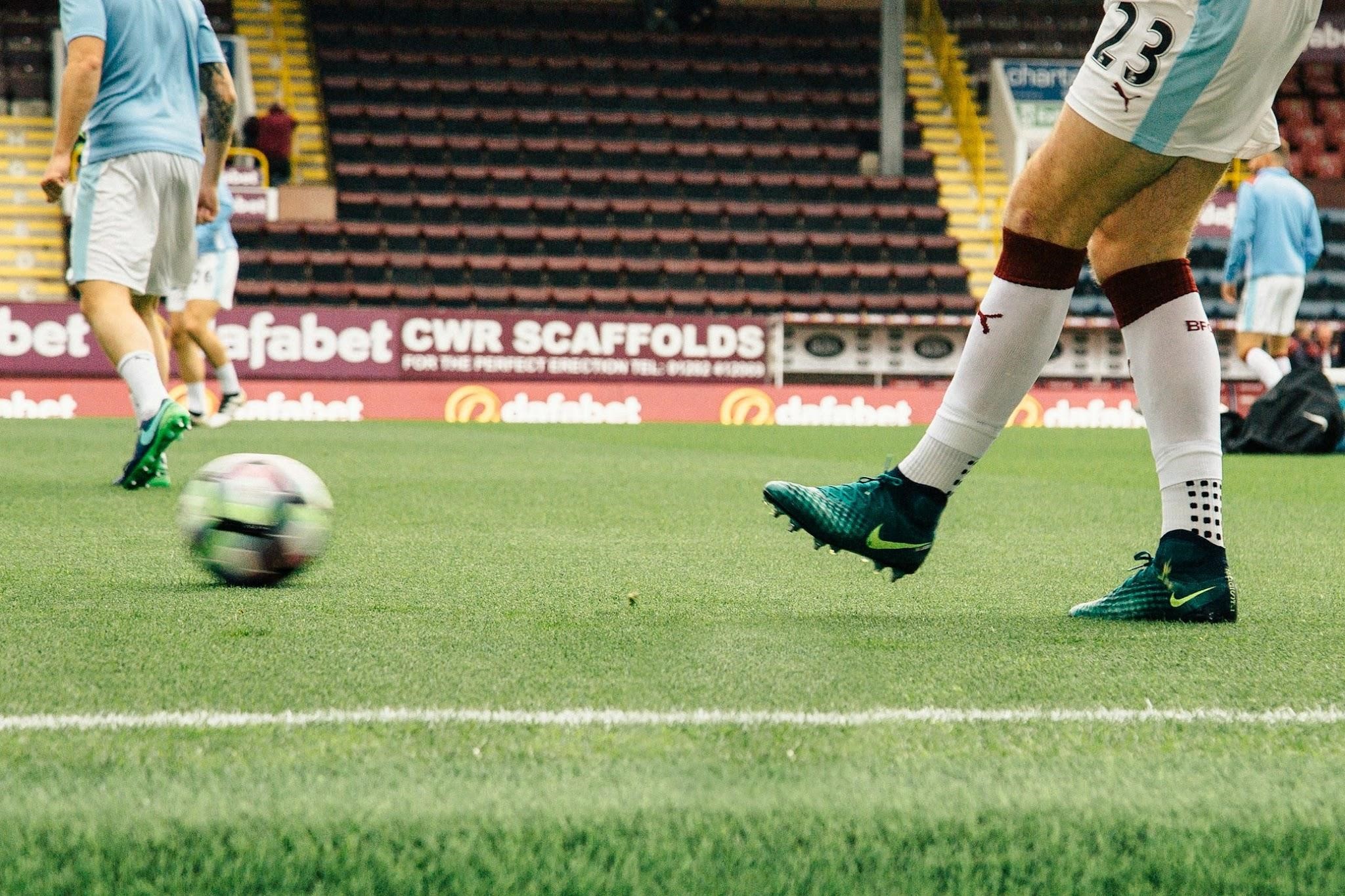Four Stadiums

In the world of football, stadiums often represent a club's history, ambition, and identity. They stand as monuments to past glories and future aspirations. but sometimes the status of these arenas doesn't quite match the league in which their teams currently compete.
It can be hard for some outfits to keep up with their progression, especially if they have recently been promoted or relegated. Not everyone has a Todd Boehly bankrolling things where money becomes no object. And for these four teams, they certainly know how it is like to feel out of place.
Vitality Stadium
With a capacity of just over 11,000, the
Vitality Stadium is the smallest ground in the Premier League by some distance. t is the home of South Coast outfit AFC Bournemouth, who have established themself in the top flight in recent years. The Cherries found themselves at the bottom of the fourth tier with a 17-point deduction barely 15 years ago however, they have risen from financial ruin to become one of the finest teams in England in one of the greatest transformations the beautiful game has ever seen.
Under current Newcastle boss Eddie Howe, Bournemouth secured promotion to League One in 2010, before reaching the Championship just two years later. They arrived in the Premer League in 2015, just seven years on from facing liquidation. With the likes of Matt Ritchie and Josh King firing on all cylinders, the Cherries managed five years in the topflight, ultimately being relegated in 2020 before bouncing back two years later.
Last season was their best, finishing 12th in the Premier League thanks to the goals of former Liverpool striker Dominic Solanke. The bookies have sat up and taken notice of their recent progress, with the
Bovada betting website making them +900 outsiders suffer relegation next term, but they will surely have loftier expectations than that.
But while Bournemouth have transformed into a modern success story their stadium remains the same 11,000-capacity stadium that they have had for the past century. Admittedly it has had a lick of paint in recent times, but it is hardly a Premier League calbre stadium. There are plans in place to build a new state-of-the-art 18,500-capacity stadium in the not-too-distant future, and both the powers that be within the club and its passionate supporters will be hoping those plans come to fruition.
Kassam Stadium
Located on the outskirts of Oxford, the Kassam Stadium presents a peculiar scenario. Although it boasts a relatively modern design and can hold around 12,500 spectators, its three-sided structure stands as an oddity. The fourth side, famously unfinished, leaves an open end that overlooks a car park, giving it an incomplete feel.
Oxford United has seen a resurgence in recent years, climbing up the ranks to the Championship with
promotion from the playoffs last term. The club's progress on the pitch contrasts with the incomplete nature of their home ground. Fans have long hoped for the completion of the stadium, which would not only increase capacity but also enhance the atmosphere. The Kassam Stadium’s quirky architecture might make it appear out of place in the second tier, but it also embodies the spirit of a club that has fought hard to reach this level.
St Andrew’s
St Andrew’s, with its capacity of 29,409, is one of the more storied grounds in English football. Founded in 1906, it has witnessed Birmingham City's highs and lows across multiple footballing eras. Now playing in League One following
last season’s disastrous relegation, the grandeur of St Andrew’s feels mismatched with the club's current standing.
The stadium, once the backdrop for top-flight and European football, now finds itself hosting League One fixtures. For the loyal Blues supporters, the sight of such a historic venue in the third tier of English football is bittersweet. The echoes of past glories linger in the stands, providing a constant reminder of what once was.
Despite The Blues' recent struggles, St Andrew's remains a fortress of history and hope. Its presence in League One serves as a testament to the club’s enduring spirit and a symbol of its aspirations to return to the higher tiers.
Stadium MK
Opened in 2007, Stadium MK is a state-of-the-art facility with a capacity of 30,500. It stands as a modern marvel in a league where most grounds are significantly older and smaller. Despite its impressive infrastructure, MK Dons find themselves competing in League Two, making the stadium’s sleek design and large capacity seem somewhat out of place. And to make matters worse, their average attendance was just 6,000 last season, providing no atmosphere whatsoever and leaving the stadium feeling empty and soulless.
Stadium MK features amenities that rival those of top-tier clubs, including luxurious hospitality suites and extensive fan facilities. The contrast between the sophistication of the stadium and the level of football being played there is stark. For many fans of lower league football, Stadium MK feels more akin to a Premier League ground than a League Two venue.
MK Dons' relegation to League Two has been a disappointing chapter for a club that once harbored ambitions of climbing much higher. Nevertheless, Stadium MK stands as a beacon of what the club aims to achieve in the future, symbolizing its potential and the grand plans they have yet to fulfill. Whether they go on to achieve them or fall out of existence like their predecessor remains to be seen.
